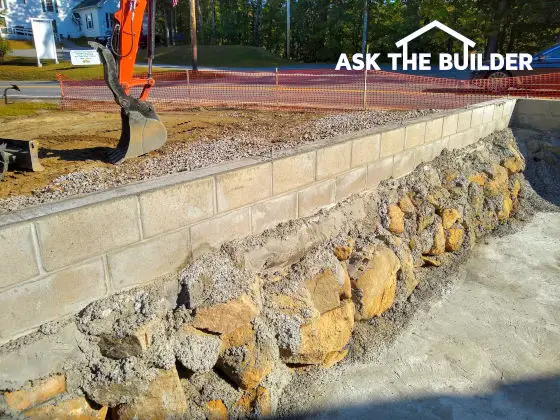Beneath the Surface: Uncovering the Secrets to Effective Foundation Repair
Foundation repair is a crucial aspect of maintaining the structural integrity of a building. Over time, foundations can develop issues due to various factors such as soil movement, water damage, or poor construction techniques. Addressing these issues promptly is essential to prevent further damage that could jeopardize the safety and stability of the entire structure.
Understanding the common signs of foundation problems, such as cracks in walls, uneven floors, or doors that stick, is the first step in addressing any potential issues. By taking proactive measures and seeking professional help when needed, property owners can unravel the secrets to effective foundation repair and ensure the long-term stability of their buildings.
Common Foundation Issues

Foundations play a crucial role in supporting the structural integrity of any building. Over time, various issues can arise that compromise the stability of the foundation. One common issue is settling, where the foundation sinks unevenly into the ground, leading to cracks in the walls and floors above.
Another prevalent foundation problem is the occurrence of cracks. These can manifest in different forms, such as vertical cracks, horizontal cracks, or stair-step cracks in brick walls. Identifying the type of crack can help determine the underlying cause of the issue, whether it be related to soil movement, water damage, or structural issues.
In addition to settling and cracks, moisture-related problems are also frequent in foundations. Water damage can weaken the foundation over time, causing it to shift or crack. foundation repair in ottawa like poor drainage, plumbing leaks, or improper grading around the building can lead to moisture infiltration and subsequent foundation damage.
Methods of Foundation Repair
There are various techniques utilized for foundation repair depending on the type and extent of the damage. One common method is slabjacking, which involves injecting a stabilizing material under the concrete slab to lift and level it. Another approach is piering, which involves installing foundation piers to support and stabilize the foundation.
In some cases, a technique called hydraulic lifting may be used to raise a sinking foundation back to its original position. This method involves hydraulically driving pilings deep into the ground beneath the affected area to provide structural support. Additionally, carbon fiber reinforcement can be utilized to strengthen and stabilize foundation walls, especially in cases of bowing or cracking.
Lastly, another method of foundation repair involves drainage correction to address issues caused by excess moisture around the foundation. By improving drainage systems and addressing water pooling, the foundation can be protected from further damage and instability.
Choosing the Right Contractor
When seeking a contractor for foundation repair, it is crucial to conduct thorough research. Begin by asking for recommendations from family, friends, or neighbors who have had similar work done. Word-of-mouth referrals can provide valuable insights into the quality of service provided by different contractors.
In addition to seeking recommendations, take the time to read online reviews and testimonials for potential contractors. Websites like Yelp, Google, and Angie's List can offer helpful information about the experiences of past clients. Pay attention to comments regarding the communication skills, professionalism, and expertise of the contractors under consideration.
Once you have a shortlist of potential contractors, schedule consultations to discuss your foundation repair needs. Use this opportunity to ask questions about their experience, processes, and warranties. A reputable contractor will be transparent about their qualifications and provide clear explanations of the repair plan they propose for your home.